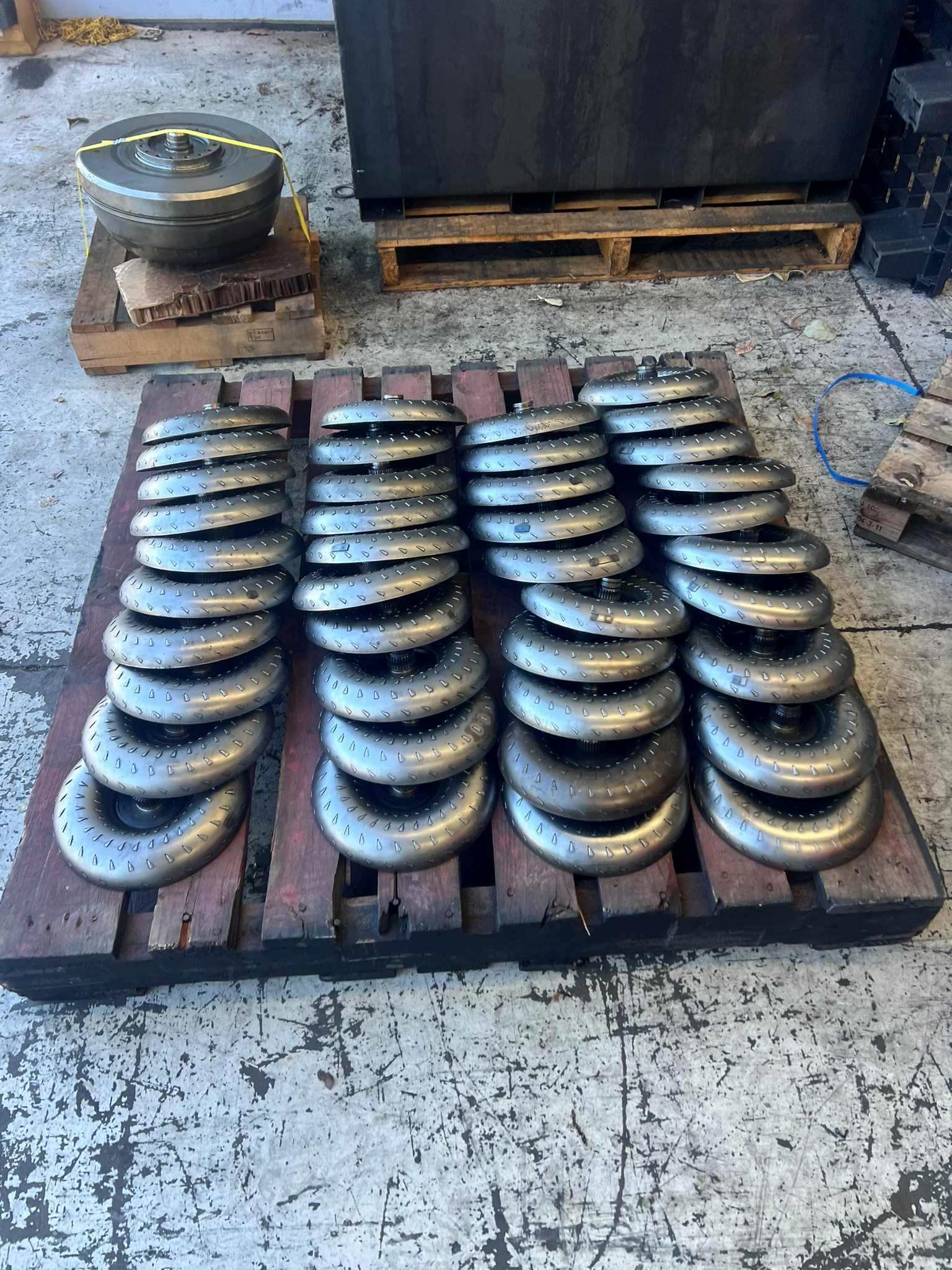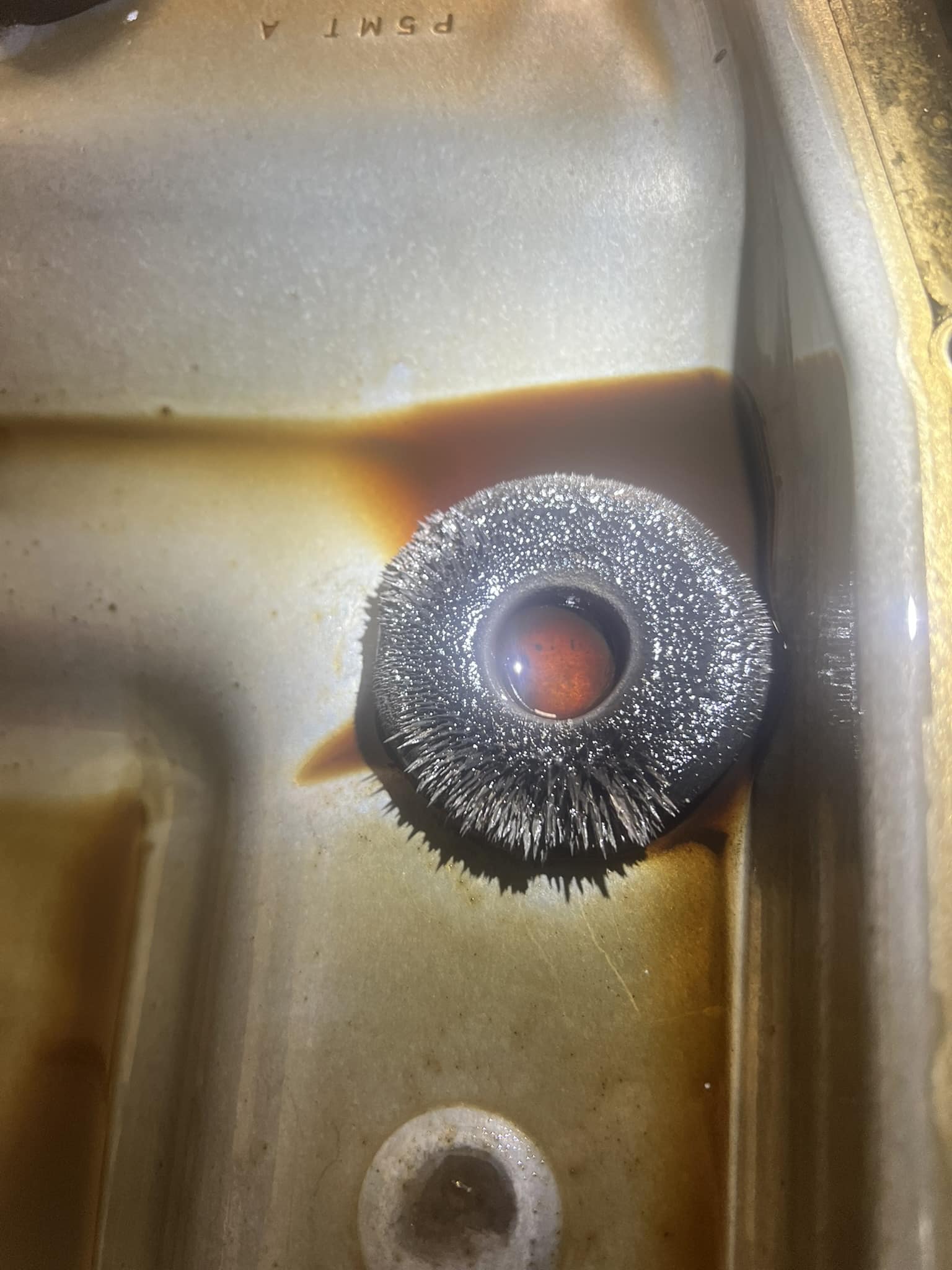Blow-off valve installation
Blow-off valve installation starts with a desire to have something in my vehicle that makes it sound unique. There’s something about a blow-off valve (BOV) that speaks to the inner revhead in all of us. Whether it’s the high-pitched “pssshh” sound echoing off the walls of an underground carpark or a tunnel (huh) or the satisfying release of compressed air after a hard acceleration, BOVs have become the badge of turbocharged honour. But let’s be honest – how many of us actually know what’s happening under the bonnet when that sound hits? And more importantly, is it helping your car, or is it slowly costing you power – or worse, your turbo?
At Brisbane Tuning & Turbo, we’ve installed, tuned, and diagnosed BOVs on everything from Golf GTIs and WRXs to Skyline GTRs and Isuzu-DMax and HiLuxes. We’ve also seen more than a few cases where a poorly chosen BOV setup has ended in disaster – including a recent job on an Audi A3 that came in limping with a fried turbo thanks to a “budget BOV installation” that got a bit too enthusiastic. So, here’s your no-BS guide to blow-off valves – what they do, why people love them, and why getting it wrong can cost you dearly.
Yet, before we begin the blow-off valve installation process, which starts with a decision, let’s get some crucial information first.
What Exactly Is a Blow-Off Valve, Anyway?
If you’re running a turbocharged engine, you’ve got a setup that compresses air and forces it into your intake manifold to create boost – more air means more power. But when you suddenly lift off the throttle (say, between gear changes), that boost pressure has nowhere to go. The throttle plate closes, and the air backs up against the turbo, causing compressor surge – a violent pressure wave that can stall the turbo, damage bearings, and generally ruin your day.
Enter the blow-off valve. Its job is to release excess boost pressure when the throttle closes, protecting the turbo from surge. It’s a pressure relief valve – and when it vents that air to the atmosphere, you get that iconic “pssshh” sound.
Why Do People Love Blow-off valve installations?
Let’s not kid ourselves – it’s the sound. For many, hearing that sharp release of boost is half the joy of owning a turbocharged car. It’s a status symbol, a mechanical flex, and a rolling soundtrack for enthusiasts. Some even say it’s therapeutic – we won’t argue.
But beyond the auditory excitement, blow-off valve installations are functional. On high boost builds, especially with larger turbos or rapid throttle transitions, they genuinely help with turbo longevity, maintaining boost levels, and smoother gear changes under load.
Do You Really Need One?
Here’s where it gets interesting. Most factory turbo cars already have a recirculating valve – essentially a BOV that redirects air back into the intake rather than into the atmosphere. These are quiet, efficient, and do the job fine for stock or mildly tuned vehicles.
But if you’ve:
Upped the boost,
Installed a bigger turbo,
Track your car or tow heavy loads regularly,
…then a properly selected BOV can save your turbo’s life.
Take a Toyota HiLux we tuned recently. The owner towed a massive camper across Queensland. With a hybrid turbo and an ECU tune, the factory bypass valve wasn’t cutting it under load. We recommended & installed a quality external BOV, dialled it in on our in-house dyno, and the result? Crisp shifts, no compressor surge, and one happy HiLux that hauled without hiccups.
BOV Showdown – Quality vs. Price
You might be tempted by $60 specials online that promise the world. Here’s what happens when you trust them: Our Audi A3 customer did just that. Cheap BOV, big sound, no proper tuning and questionable blow-off valve installation. After a couple of months or so, the turbo gave up. The valve vented too early, too often, causing the turbo to overwork to maintain boost. The result? New turbo, installation, tuning – and a hefty bill.
Now compare that with our Skyline GTR client. He went for a Turbosmart BOV, which was properly installed and tuned at BTT. It handles 30 PSI without flinching, sounds brilliant, and hasn’t missed a beat on track days. The key? Precision machining, tested tolerances, and matched to the car’s setup.
Same with a Nissan 370Z owner – he wanted the sound, sure, but didn’t want to risk power loss. We used a dual-port BOV, split between atmosphere and recirculation. Sound? Perfect. Performance? Impeccable. Turbo life? Extended.
What is the moral of the story? Buy cheap, buy twice. Or buy right once and drive worry-free.
Downsides? Yeah, Let’s Talk About That
BOVs aren’t perfect.
On some mass air flow (MAF) sensor-equipped cars, venting air to atmosphere causes the ECU to freak out – it’s expecting air that’s now gone. The result? Rich fuel mixtures, idle issues, and sometimes stalling.
That’s why some cars need tuning to compensate, or you’re better off with a recirculating BOV.
Also, some BOV setups aren’t legal, depending on noise regulations and emissions laws. And while the sound is addictive, it can also attract unwanted attention – from police and from people who’ll ask, “What turbo you runnin’, mate?” when you’re just trying to get milk from the servo.
Overuse or poorly tuned BOVs can lead to boost leaks, turbo lag, and performance loss. And remember, not every turbo car benefits from an aftermarket BOV – especially stock setups. That’s where BTT’s advice matters.
Who Should Get a BOV?
If you’ve:
Upgraded your turbo or increased boost,
Track your car, tow heavy loads, or chase maximum performance,
Want the sound and know how to do it safely –
Then yes, a BOV is for you.
If you’re running stock boost on a daily driver and just want noise without performance, proceed with caution – and don’t expect miracles. But talk to us first – we’ll tell you what suits your car, your goals, and your turbo.
BTT’s BOV Services – Install, Tune, Enjoy
At Brisbane Tuning & Turbo, we don’t just bolt on a BOV and call it a day. We:
Assess your car’s turbo setup and boost levels,
Recommend high-quality BOV options suited to your car and goals,
Perform precision installation,
Run your car on our dyno, ensuring no leaks, no lag, and peak performance.
You’ll leave with sound, performance, and peace of mind.
Want to chat about BOVs, boost, and turbo life? Call us now or swing by BTT. Let’s make your car sound better, run stronger, and turn heads – for the right reasons.


